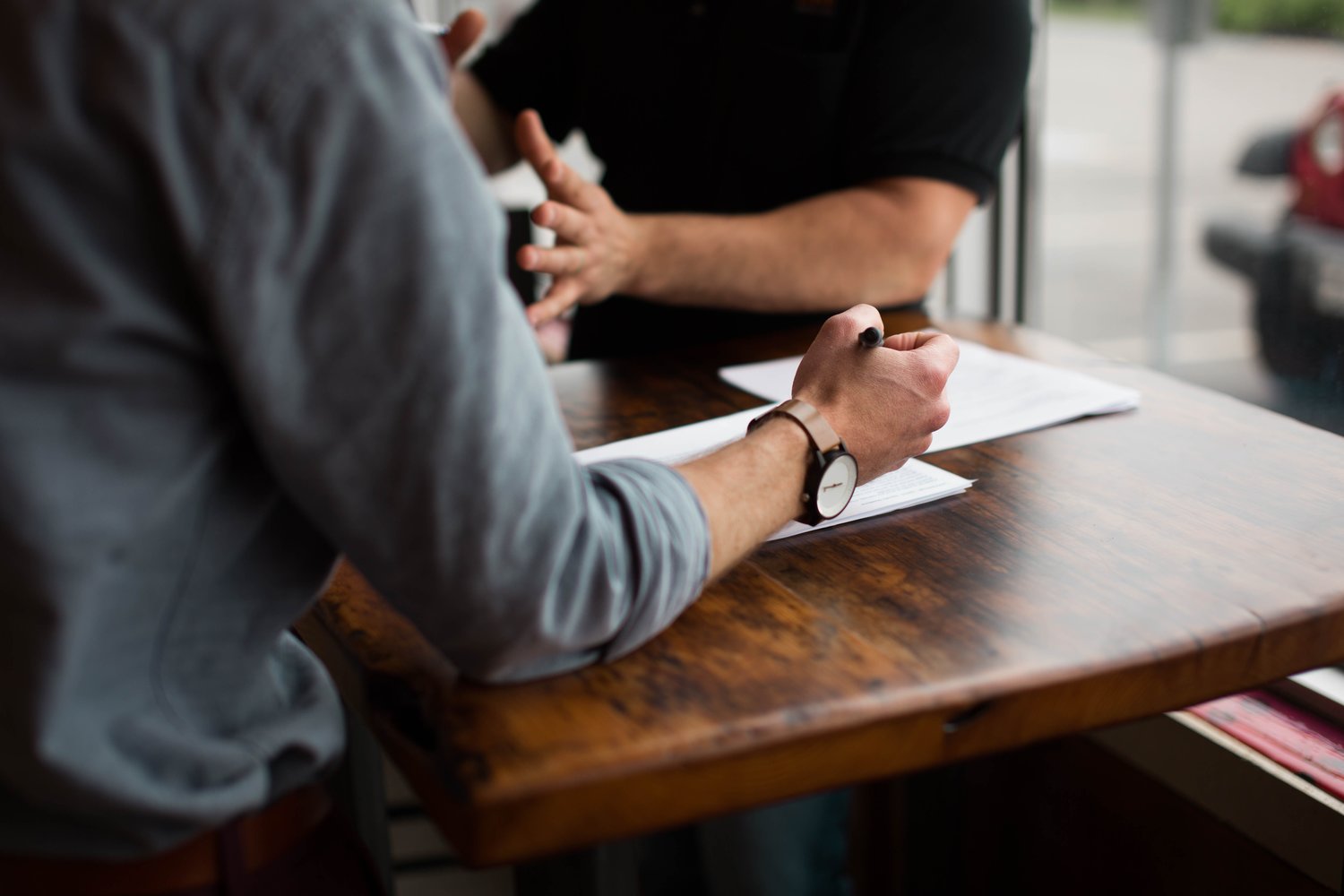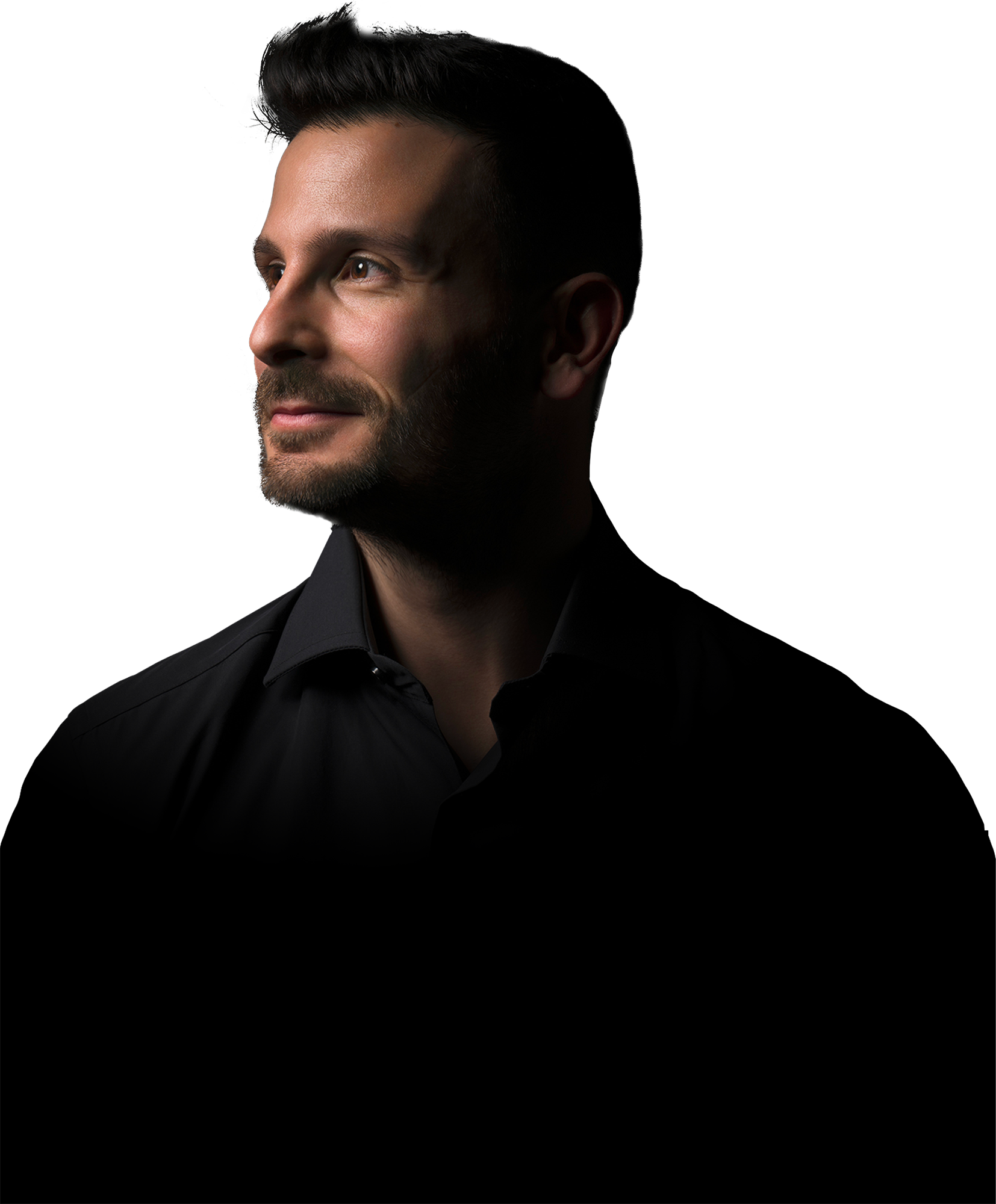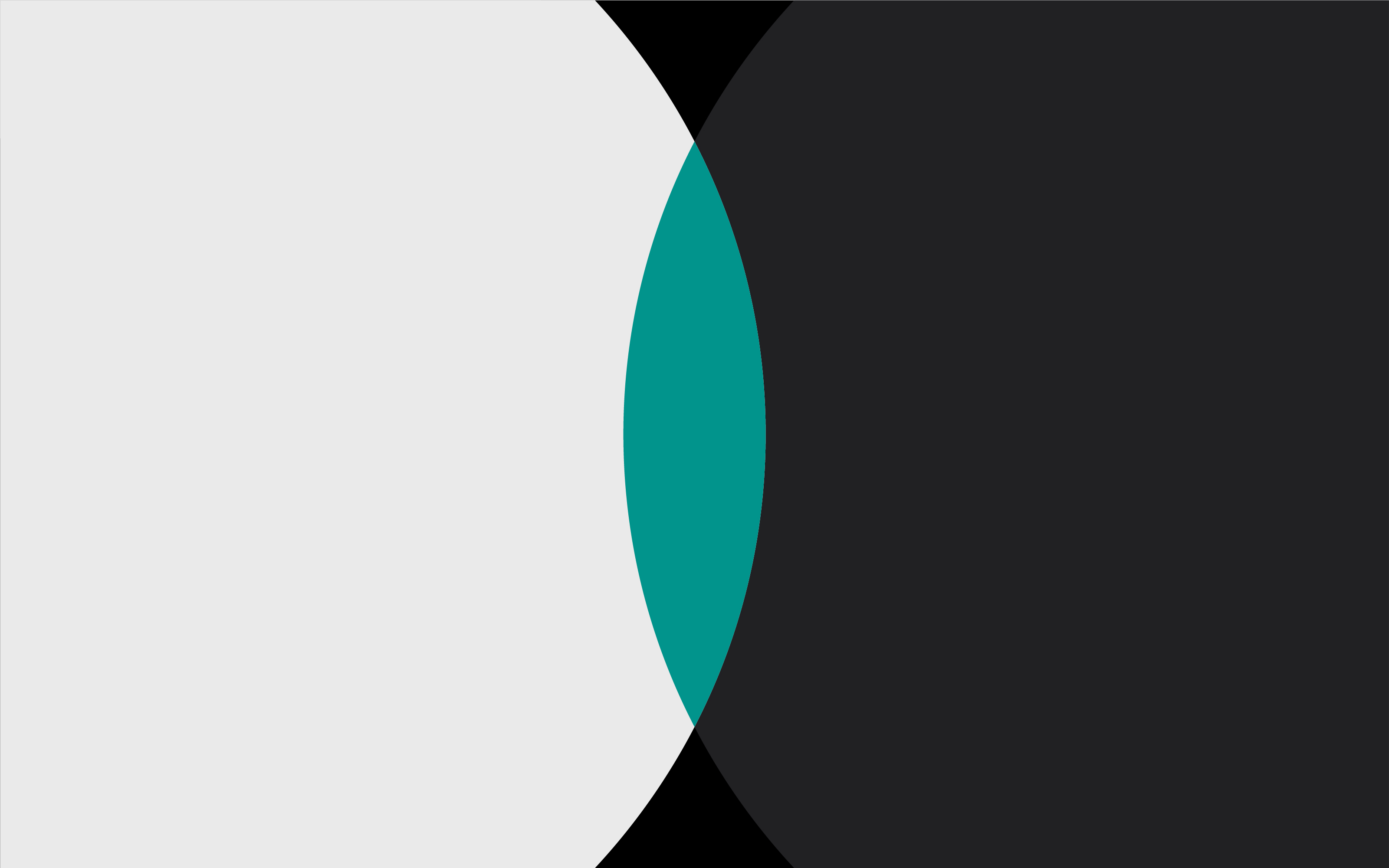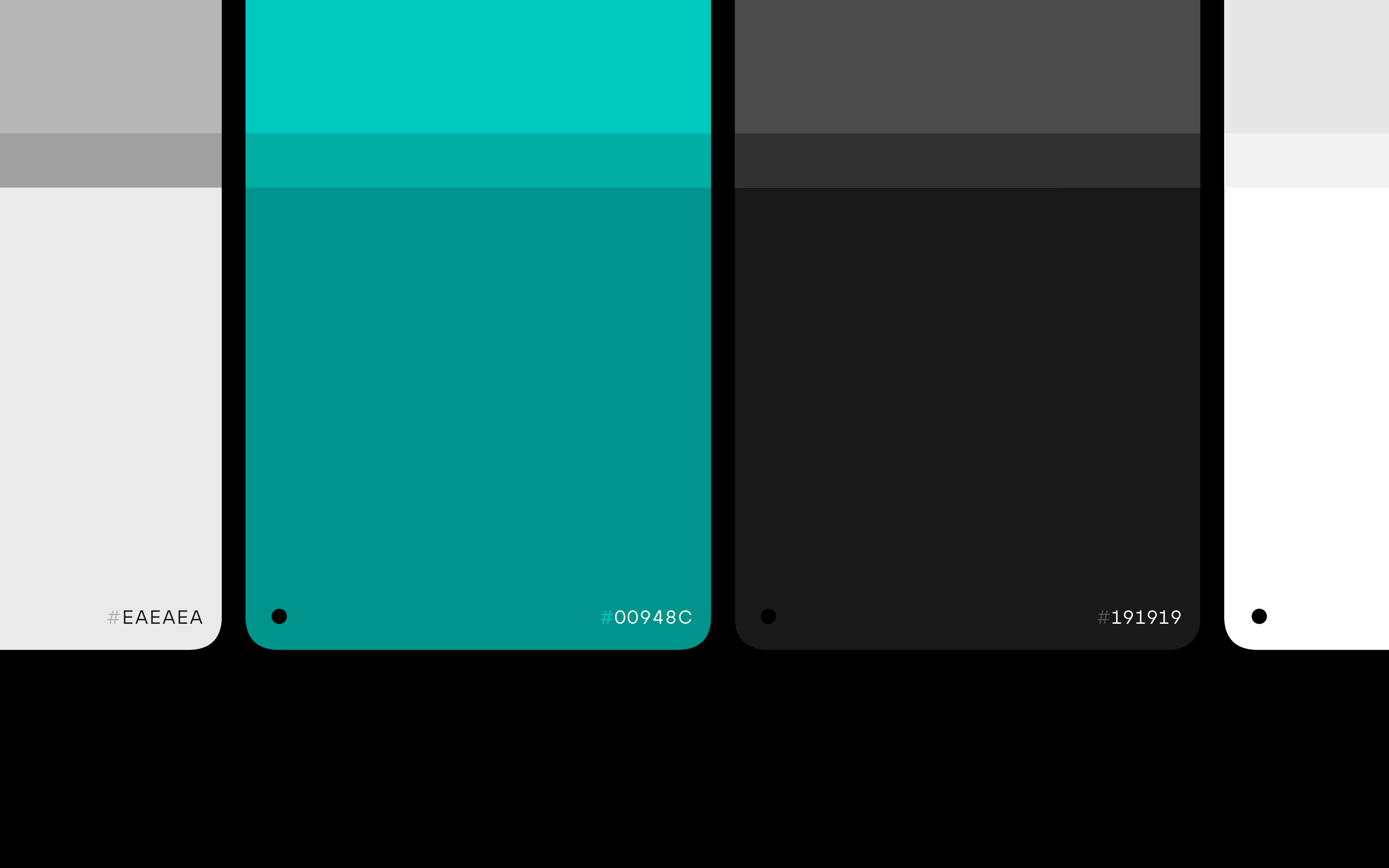
Whether it’s the first logo or a restyling, it comes a time for every company to write a brief for a logo design. Or rather, it should come. In many cases, the brief is just not there: for haste, for uncertainty, for forgetfulness. Or, when there is, you never know what to ask and what can actually help the designer. Yet a complete brief helps the designer to work better and faster, and the company to get the logo design it had in mind.
Here there are 11 points that, from my experience in working on brands, cannot be missed.
Logo Design Tip 1. What does the company/brand do?
Be detailed: does it produce cooker hoods? But what kind, and at what cost? Is it a moving company? Of which kind?
Logo Design Tip 2. In your sector, what distinguishes the company/brand?
Are you the fastest? Do you have the most sophisticated design? It is not fundamental that you already have such a strong distinctive trait, but it is a good time to think about it: if it is not already a fact, express the element for which you would like to differentiate yourself.
Sometimes a logo design can be a declaration of intent and drive the evolution of the brand.
Logo Design Tip 3. Who are your main competitors?
From which you must, of course, differentiate yourself. The designer will still conduct research but your knowledge of the market is still useful.
Logo Design Tip 4. What are the previous versions of the logo?
In the case of both a restyling and a complete redesign, share with the designer not only the current logo but also any previous versions: they help to understand the brand’s path.
Logo Design Tip 5. Are there any colors that are particularly significant for you?
Suggest them, or the designer will take the license to find the best palette. Some colors, however, may have a particular meaning (e.g. local heraldry, reference to a material or ingredient).
Logo Design Tip 6. Who is your audience?
That is a tricky question. If the audience is “anyone” you will never get a good logo. But some features in particular help the work of the designer:
Age group
Do you talk to a teenage audience? Young adults? Families? Or seniors? Rough though it may be, this segmentation is a useful input for logo design.
Nationality
Are they only Italian? Or do you speak to an international audience? Only Westerners or even Asians? Visual codes change enormously from region to region and your logo will have to take this into account.
Educational level
Does your target have a basic education or can you define it as cultured? Does it read? Does it attend cinemas, theatres, and exhibitions? Or is it not interested? An educated audience will be able to grasp more references in your logo and may appreciate that it is not “immediate”.
Social class
Do you speak to a wealthy or working-class audience? Different social groups are used to interact, in some cases, with different brands that set their expectations and define their tastes.
Employment / interests
Which social group does your target belong to? Are they musicians? Freelancers? School teachers? Dads? This segmentation is more complex and may have more than one answer, but it helps you to focus your attention on real people.
Logo Design Tip 7. What is the brand promise?
This question is one of the most difficult, but face it carefully: it’s not simply your product or service, but the real value you offer your audience, and it responds to their deepest need.
A few examples for inspiration:
• Differentiation from others
• Taste
• Security
• Sense of control
Logo Design Tip 8. Are there other brands you feel close to?
The idea here is not, of course, to copy other logos, but rather to understand what mood you have in mind. Starting from the brands that you are reporting, the designer will be able to trace the DNA you have in mind for the brand.
Logo Design Tip 9. Where will the logo be used?
Every business has different application and declination needs: a digital startup will need animations, icons, and app tiles. An oven will have to brand the bread bags and delivery vans. A boutique will have to produce precious shopping bags.
Knowing what the most important applications will beforehand define practical constraints that influence the design work, from the choice of colors to the complexity of the lines.
Logo Design Tip 10. Are there absolute prohibitions?
Say it now: the color of a competitor, a symbol to be absolutely avoided or any other impassable limit must already be indicated in brief.
Logo Design Tip 11. Does it really only need the logo?
Think about it: the logo is just one of the elements that make up an effective visual identity. Since you have the designer at your disposal (or maybe an agency) this is the moment to understand if you don’t need a coordinated image, some basic assets, or maybe even a tone of voice document to help you in writing the texts.
Don’t postpone these developments until later, because you will need them right away (in some cases even before you lay out a single logo).

It is normal that scrolling through this list, you realize that you do not have answers to all the questions. These questions are the alarm bells: they are the unresolved points without which you cannot start working.
Better to waste two days finding these answers than two weeks of rework. Believe me, it will be worth it.
That depends. It may all be clear, so you can just call and say hello. Or, in the case of larger and more complex brands, or in any case, it will be useful to talk to the designer to better define, together, the key points of the brief.
And above all, give an original brief, or you’ll end up like certain luxury brands.
READ MORE ON
Verbal Identity: How We Craft the Voice of a Brand
Brand typography can be seen as a detail, but it’s the living spirit of a brand. This is how we do it at Sublimio.
Beautiful Thinking: the branding philosophy behind Sublimio
Can a brand look good and be strategic at the same time? If you ask us, there’s really no other way.
How We Choose Brand Colors for Impact
Choosing brand colors is never easy. But it helps to have a rough idea of why you are picking one over another.
Why Our Branding Agency is Called Sublimio
What’s in a name? More exactly, what’s in our name? Well, probably more than you think. Here’s where it comes from.
our newsletter













